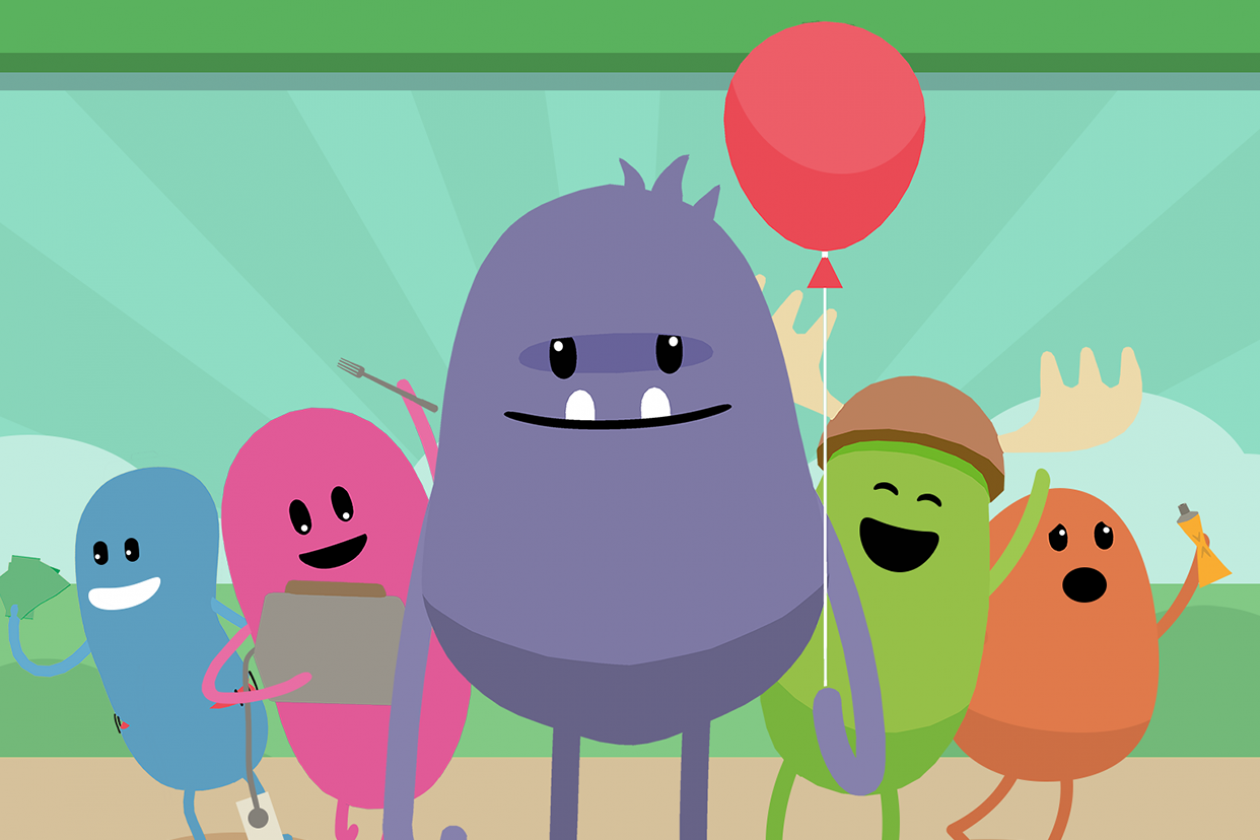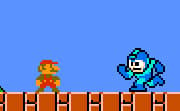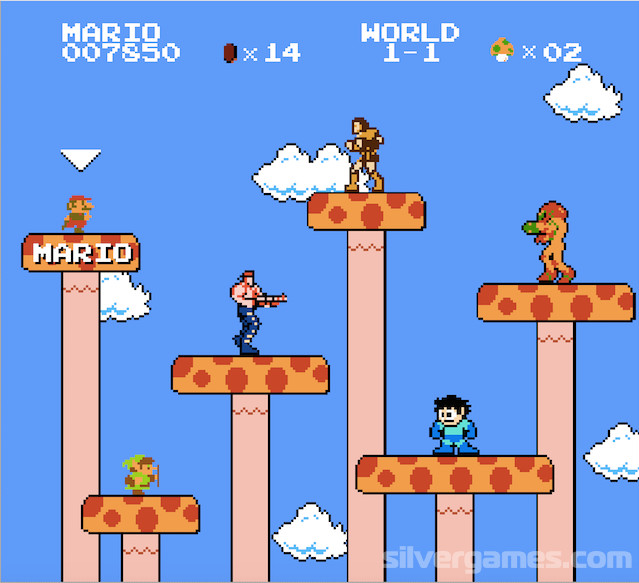The title of this article is official, but it comes from a non-English source. If an official name from an English source is found that is not from the English Super Mario Bros. Encyclopedia, the article should be moved to its appropriate title. The cover of Super Mario Momotarō. The Amada Anime Series: Super Mario Bros. (アマダアニメシリーズ スーパーマリオブラザーズ) is a series of animated stories. It is a collection of three original video animations based on fairy tales, and was released only in Japan on August 3, 1989. The series used characters and other elements from the Mario franchise in place of characters and concepts from the original fairy tales. The series contains: Super Mario Momotarō, Super Mario Issun-bōshi, and Super Mario Shirayuki-hime. The two former episodes in the series are retellings of fairy tales of the same name, while Super Mario Shirayuki-hime is a retelling of the Western fairy tale Snow White. When the titles are read aloud by the narrator, the possessive particle の no is spoken between 'Super Mario' and the name of the specific story; translated, this would render the titles as 'Super Mario's Momotarō', etc. Voice cast[edit]
Episodes[edit]Gallery[edit]
Trivia[edit]
External links[edit]
| ||||||||||
The title of this article is official, but it comes from a non-English source. If an official name from an English source is found that is not from the English Super Mario Bros. Encyclopedia, the article should be moved to its appropriate title. The cover of Super Mario Momotarō. The Amada Anime Series: Super Mario Bros. (アマダアニメシリーズ スーパーマリオブラザーズ) is a series of animated stories. It is a collection of three original video animations based on fairy tales, and was released only in Japan on August 3, 1989. The series used characters and other elements from the Mario franchise in place of characters and concepts from the original fairy tales. The series contains: Super Mario Momotarō, Super Mario Issun-bōshi, and Super Mario Shirayuki-hime. The two former episodes in the series are retellings of fairy tales of the same name, while Super Mario Shirayuki-hime is a retelling of the Western fairy tale Snow White. When the titles are read aloud by the narrator, the possessive particle の no is spoken between 'Super Mario' and the name of the specific story; translated, this would render the titles as 'Super Mario's Momotarō', etc. Voice cast[edit]
Episodes[edit]Gallery[edit]
Trivia[edit]
External links[edit]
| ||||||||||

Developers at Nintendo have dreamed of creating a simultaneous multiplayer Super Mario Bros. Game for decades. The Wii console finally makes that dream come true for everyone with New Super Mario Bros. Supporting 2-4 players in side-scrolling co-op and competitive platforming action, and featuring a mix of fan favorites and new characters, new powerups and various input options via the. Super Mario Bros. Fonts are designed to look like all the Mario video games. Fans have recreated the styles used in Mario Party, Mario World, Mario All-Stars, and all the games made for Nintendo and Super Nintendo. Use these free Super Mario themed fonts with Luigi, Princess Toadstool, and more to generate your designs, for free!
Super Mario Bros Crossover Weebly

We would like to show you a description here but the site won’t allow us. Super Mario Bros. 35th Anniversary Pin Set #1. My Nintendo members who complete the “Purchase Super Mario 3D All-Stars” mission and four additional eligible Mario-themed missions before they expire will be eligible to receive a limited edition set of commemorative Super Mario Bros. Pins (while supplies last).
Super Mario Bros Crossover Game

Super Mario Crossover Smbgames

Super Mario Crossover Weebly
